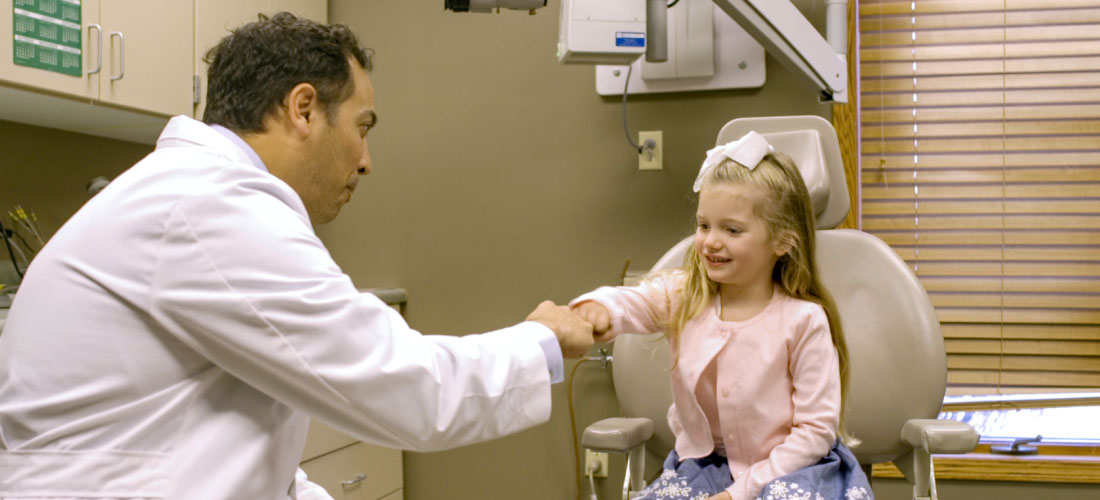Expert Answers to Keep You in the Know About Your Nose
“Your nose is the initial filter, warmer and humidifier for our lungs. When it’s inflamed and congested, we’re miserable.”
– Daniel Todd, MD, FACS, Midwest Ear, Nose and Throat
The wind-up to the sneeze that leaves everyone scattered. The trail of tissues you left on the floor. Or how about the coughing attacks that interrupt an important presentation or strike while talking on the phone. Yes, most can identify.
 After all, nearly 30% of adults are affected by these symptoms. It’s called rhinitis. Sounds like a complex name for something as basic as a runny nose. But for perennial sufferers, it’s not to be taken lightly. But slow down before investing in Kleenex stock. There are things you should know about your nose that may lead to a healthier life.
After all, nearly 30% of adults are affected by these symptoms. It’s called rhinitis. Sounds like a complex name for something as basic as a runny nose. But for perennial sufferers, it’s not to be taken lightly. But slow down before investing in Kleenex stock. There are things you should know about your nose that may lead to a healthier life.
First of all, it’s important to understand what type of rhinitis you have. The basic rhinitis can be identified through common symptoms like a stuffy or runny nose. Daniel Todd, MD and FACS (Fellow, American College of Surgeons) with Midwest Ear, Nose and Throat, has been working with nasal complaints for two decades and goes on to explain the complexity and the important role the nose plays. “The nose is the organ where we really interface with our environment,” says Dr. Todd. “It’s the initial filter, warmer and humidifier for our lungs. When it’s inflamed and congested, we’re miserable.” So in other words, your nose is like the central air system in your house. Almost all of us can identify when something so vital doesn’t work properly and the negative effects it can have on both you and your family.
But like most medical conditions, there are various types. In this case, it’s seasonal (allergic) and vasomotor (non-allergic). But sufferers who go from basic rhinitis to allergic or non-allergic will feel the added complications. “Allergic rhinitis displays additional symptoms like sneezing, coughing and headache, making this condition much more severe,” adds Dr. Todd.
He goes on to explain how allergies are, in essence, your own immune system reacting to airborne molecules that should be ignored, but for some reason are not. The result is a reaction. If the allergens are pollens, for example, the symptoms are what we call seasonal. Their symptoms tend to provoke more histaminic reactions. Think itchy, watery eyes or sneezing and runny nose. It’s important to note that allergic rhinitis can also be non-seasonal as well. “If you suffer reactions from dust mites, mold or pet dander, they can present themselves year-round. This type tends to be more congestion and drainage with less histaminic symptoms, adds Dr. Todd.
Unfortunately, Dr. Todd says he encounters a lot of rhinitis patients with no identifiable allergies. “These patients may be sensitive to many irritants in a non-allergic mechanism,” he adds. “We sort of lump these into the category of non-allergic or vasomotor rhinitis.” Unfortunately, this takes immunotherapy, also known as allergy shots, which are not really a medicine but a desensitizing injection of the same substance to which the person is allergic in order to build a tolerance, off the table as a treatment option. The good news is that these patients will respond tp some medications for allergy patients. These medications include nasal steroid sprays, antihistamines and decongestants.
But what triggers rhinitis and how can it be treated? Those might be loaded questions. “Finding the cause of the inflammation can be easy in some, but virtually impossible in others. Obviously a virus or invading bacteria can cause a temporary inflammation, but for those with a more constant rhinitis, we need to look deeper,” says Dr. Todd. As for treatments, Dr. Todd suggests scheduling an appointment with your physician for an official diagnosis and treatment plan. However, for mild cases, nasal sprays, antihistamines and simple avoidance for those with an identified allergy, can work.
Despite the fact there is no cure for rhinitis and its many forms, it’s likely not lethal and can be controlled with proper measures and medications. The best course of action is to be aware of your condition and be prepared.
By Jennifer Dumke: Sioux Falls Woman Magazine












